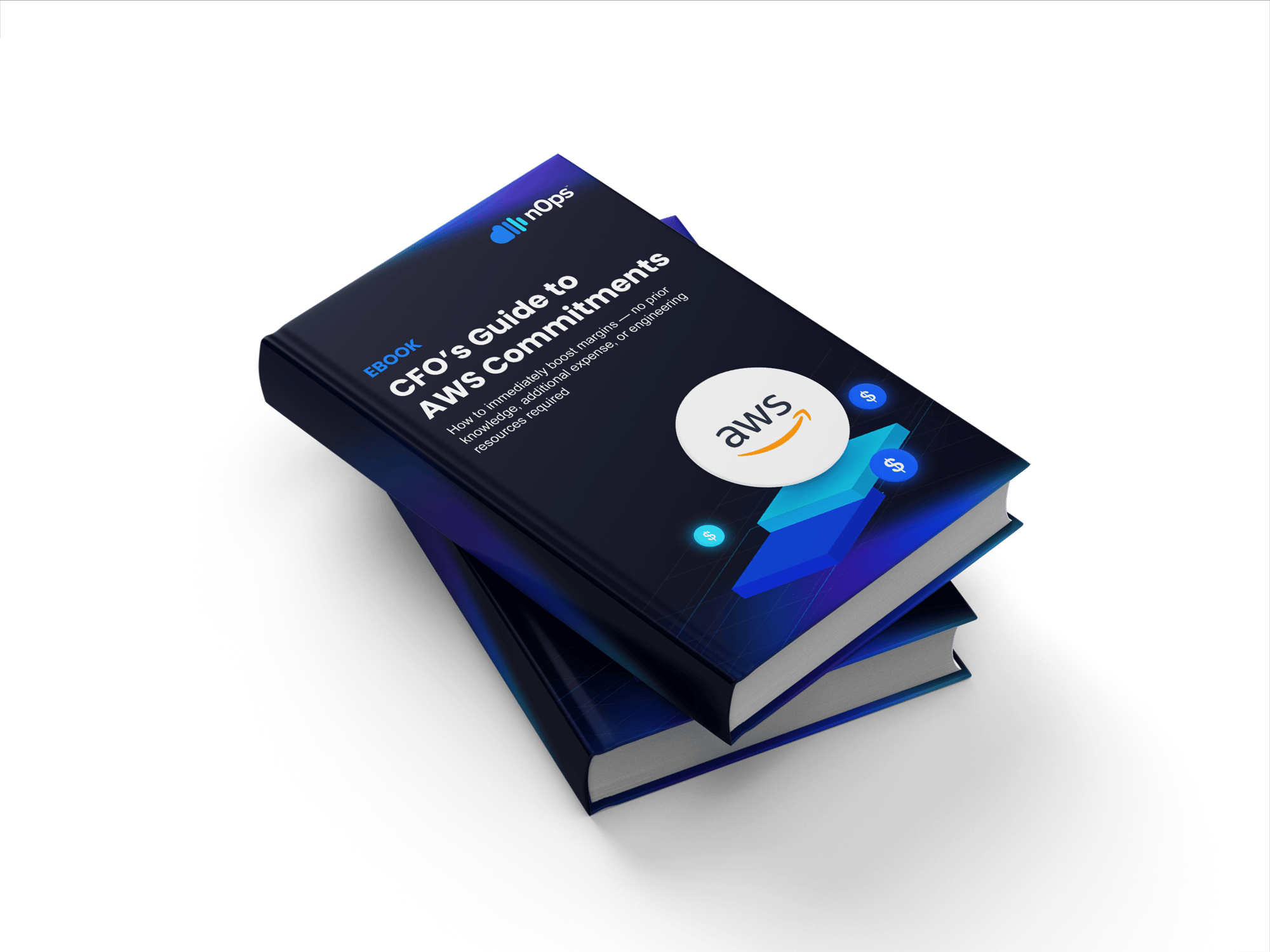- Blog
- Announcement
- New Agentless Cost Allocation for Amazon EKS
New Agentless Cost Allocation for Amazon EKS
Visibility into all your Kubernetes costs without the overhead of deploying an agent
As more teams embrace Amazon EKS for container orchestration, Kubernetes costs often remain a black box. While you might know your total cloud bill, figuring out which team, service, or product is responsible for that spend is another story.
Traditional Kubernetes cost allocation relies on deploying in-cluster agents that collect usage metrics. But this introduces operational overhead, performance concerns, and friction with platform teams who prefer to keep clusters lightweight.
What's New
We’re excited to launch Agentless Cost Allocation for Amazon EKS—a frictionless way to understand Kubernetes costs without deploying agents to your clusters.
With this feature, you get:
- Full visibility into Kubernetes spend across all accounts and clusters
- Zero in-cluster overhead — nothing to install
- Business-context mapping of EKS costs to teams, services, or customers
- Immediate insights into overprovisioned resources and excess node capacity
How It Works
1. Enable split cost allocation data with AWS Billing Console
- Go to AWS Billing → Data Exports
- Click on your nOps billing CUR → click Edit → Under Report content, select enable Split Cost Allocation Data
- Next, go to Cost Management Preferences → Under General, make sure Split cost allocation data is enabled with the settings shown below
Note: Enabling Split cost allocation data has no additional exclusive AWS service cost (except for incremental S3 usage)
2. nOps automatically maps and enriches CUR Data
- nOps parses your AWS CUR and enriches it with Kubernetes context
- You’ll see EKS costs attributed to specific teams, services, environments, or customers (if you have Kubernetes labels specified)
- Dashboards and reports give you budgets, forecasts, and efficiency views—no tagging or config required
3. Use Kubernetes insights to find waste
- Identify waste at the node and cluster level
- Pinpoint clusters with excessive overprovisioning
- Get granular cost data down to EKS component level
Want deeper container-level insights? You can optionally install the nOps agent. Read more here.
Where To See It In nOps
After enabling split cost allocation, the data will be ingested within the next 24-48 hours depending on your timezone difference. nOps ingests data every 24 hours at 9 am Easters Standard Time. Once the data has been ingested you can:
- Go to the Business Context → Cost Analysis page in nOps
- Explore dashboards grouped by cluster, deployment, service, namespace, label etc.
- You can click on Excess Capacity to spot underutilized nodes and eliminate waste
- Use Budgeting and Forecasting to see where money is being spent—and wasted
Before and After: What's the Difference?
Without nOps | With nOps | |
Kubernetes costs | Lumped together in EC2/Compute bill | Allocated by namespace, team, service, environment |
Overprovisioning | Difficult to detect | Automatically surfaced with waste metrics |
Visibility Setup effort | Agent deployment, updates, and cluster access | Zero in-cluster changes, enabled in minutes, data visibility in next 24 hours |
Cost attribution | Not aligned with business goals | Fully mapped to business context |
Ready To Turn It On?
If you're already on nOps...
Have questions about agentless EKS cost allocation? Need help getting started? Simply reach out to your Customer Success Manager or visit our Help Center. If you’re not sure who your CSM is, send our Support Team a message.
If you’re new to nOps…
nOps was recently ranked #1 with five stars in G2’s cloud cost management category, and we optimize $2+ billion in cloud spend for our customers.
Join our customers using nOps to understand your cloud costs and leverage automation with complete confidence by booking a demo with one of our AWS experts.









